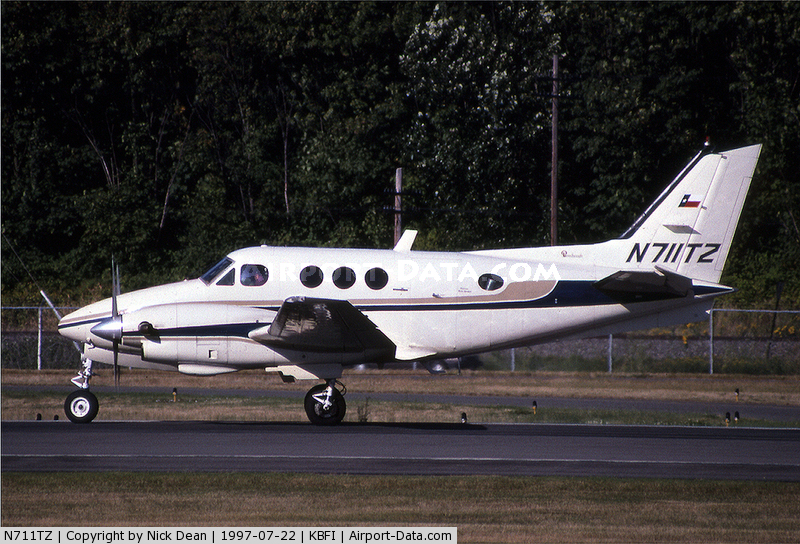Crash of a Beechcraft A90 King Air in Summerville
Date & Time:
Sep 21, 2003 at 2330 LT
Registration:
N34HA
Survivors:
Yes
Schedule:
Barnwell – Summerville
MSN:
LJ-315
YOM:
1967
Crew on board:
1
Crew fatalities:
Pax on board:
0
Pax fatalities:
Other fatalities:
Total fatalities:
0
Captain / Total hours on type:
1000.00
Circumstances:
According to the pilot, prior to takeoff, he had the airplane fueled with 20 gallons of fuel in each wing for the short cross-country flight. After takeoff the airplane climbed to an altitude of 9500 feet. During the downwind to the arrival airport the right engine lost power. Shortly after the left engine lost power, the pilot made an emergency off-airport landing. Examination of the fuel system revealed that the fuel tanks were not beached, and there was a small amount of residual fuel in the fuel tanks. The exact amount of fuel onboard the airplane at the time of the departure was not determined.
Probable cause:
The pilot's inadequate preflight planning which resulted in fuel exhaustion and subsequent loss of engine power.
Final Report:


